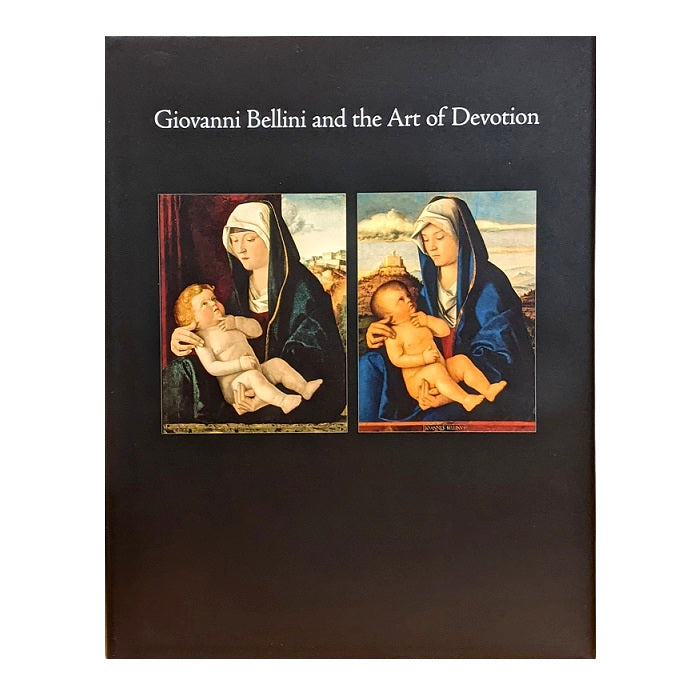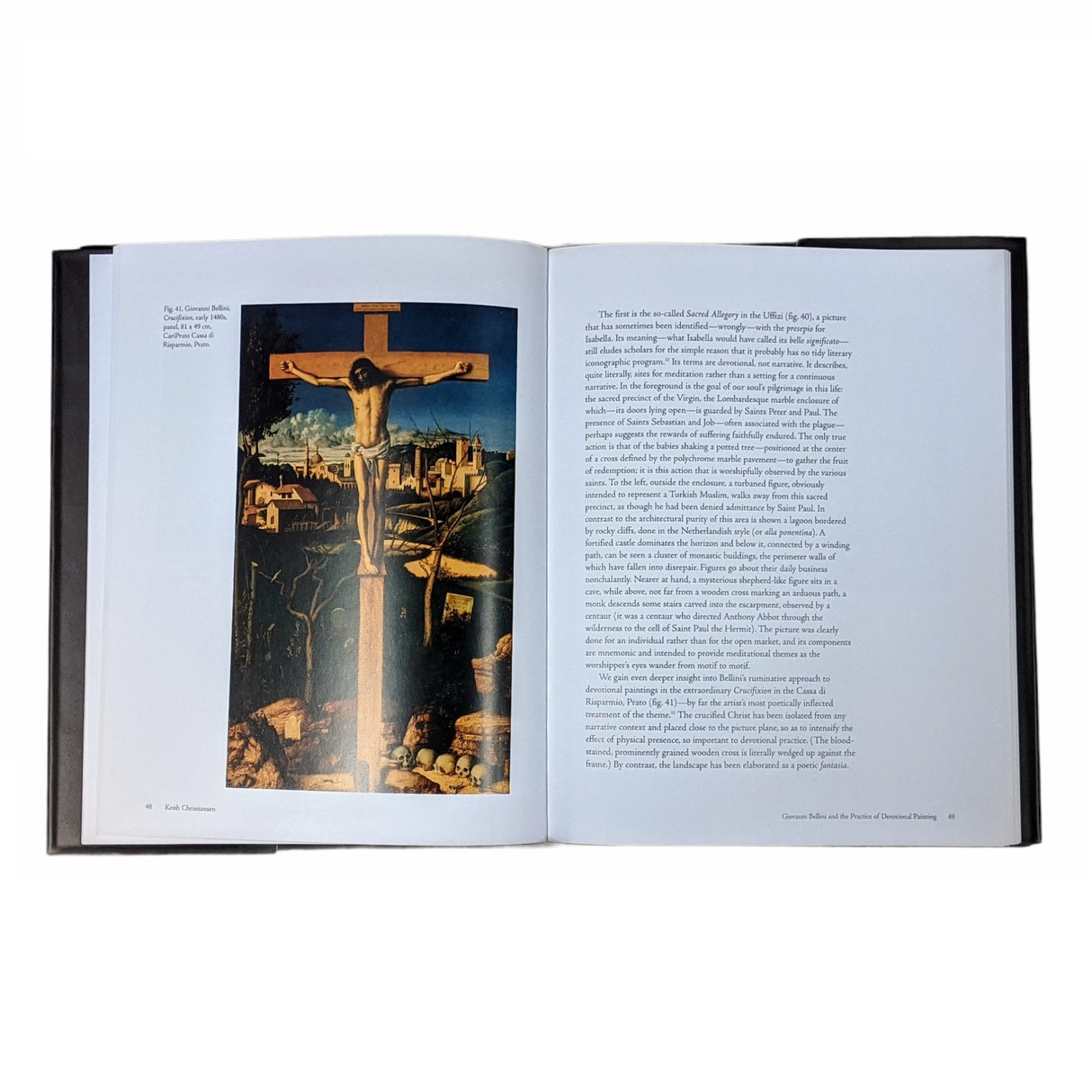Giovanni Bellini and the Art of Devotion
Giovanni Bellini and the Art of Devotion is backordered and will ship as soon as it is back in stock.
Giovanni Bellini (Italian, 1430-1516) was the leading artist of the early Renaissance in Venice and the master of what was probably the largest workshop of any painter in Italy. During his sixty-year career, Bellini gained a reputation as "the best in painting," as Albrecht Dürer described him in 1506. A sizable percentage of the works that are today associated with Bellini are half-length images of the Virgin and Child, a type of painting that became the mainstay of his workshop's production.
Most of the essays contained in this book are concerned with the ways in which artistic invention intersects with practical and functional contexts of making and meaning. The practice of workshop replication receives special attention not just because of what it reveals about the specific working methods of Bellini's workshop, but because it helps to situate artistic practice within the broader context of the demand for particular kinds of images. Essays by Ronda Kasl, Keith Christiansen, and Andrea Golden explore multiple facets of Bellini's work, from how the pieces were used to Bellini's artist invention and imagination in expanding the traditional parameters of the genre.
Hardcover / 169 pages
Dimensions: 11.25" x 8.75"
©2004 Indianapolis Museum of Art






